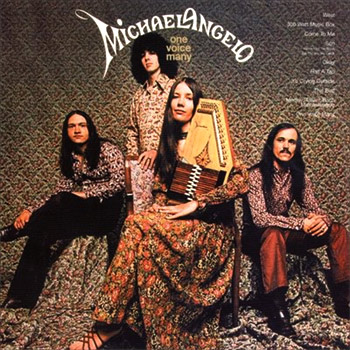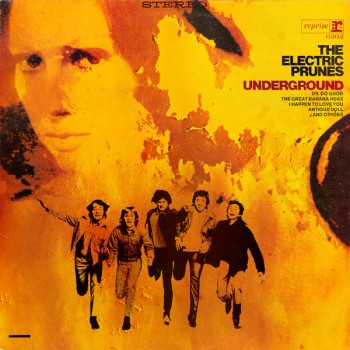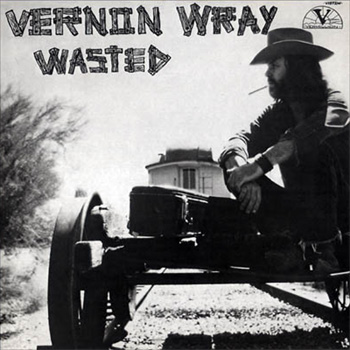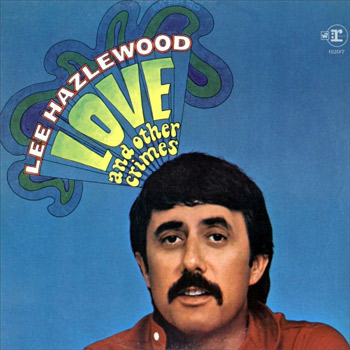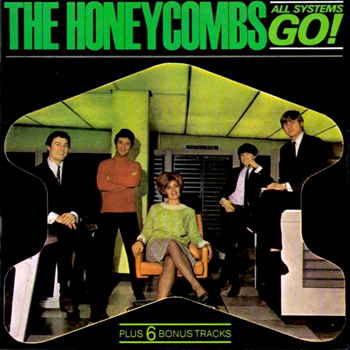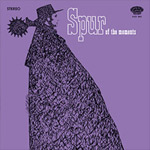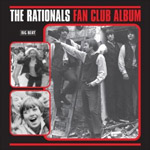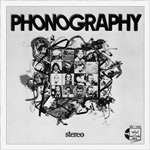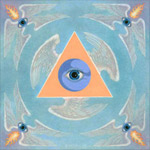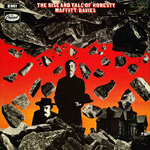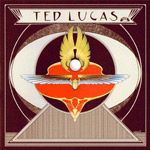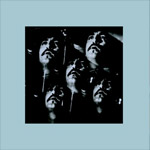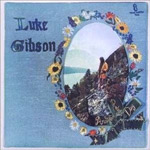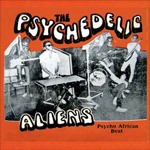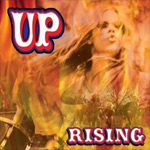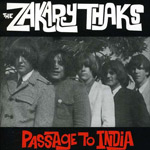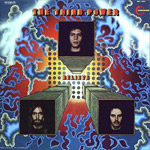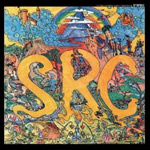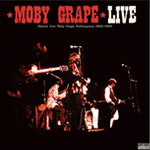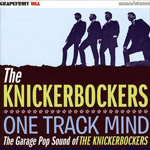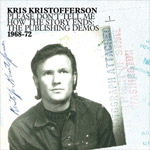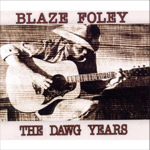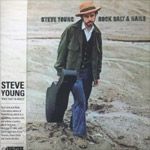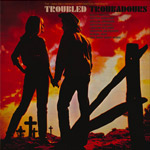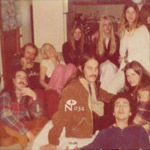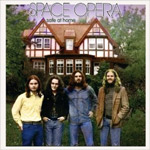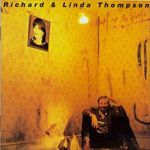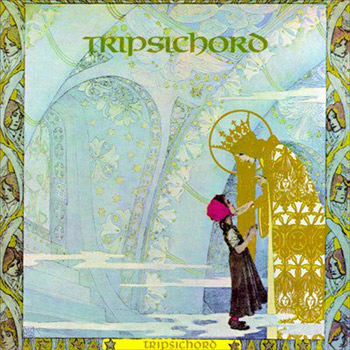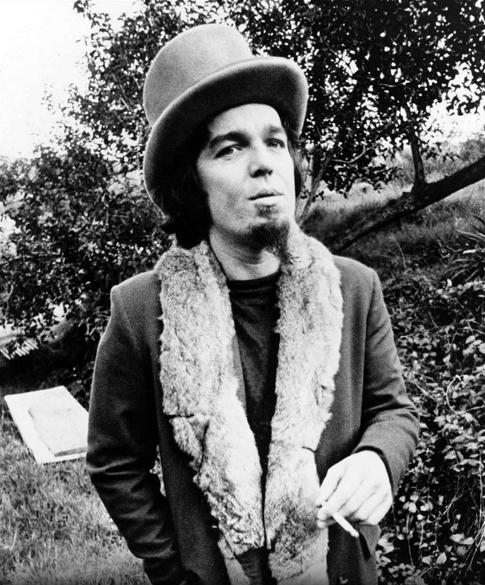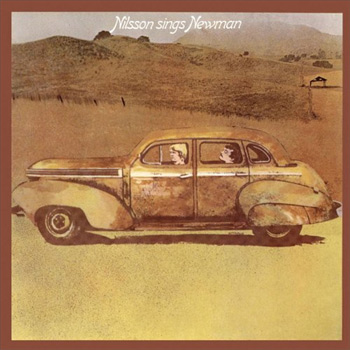The Pretty Things “Get the Picture?”
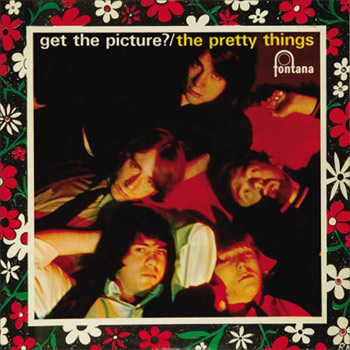
In London’s early 60s it seemed all the kids wanted to play American R&B and Chicago blues. Kids all throughout England exchanged guitar licks with one another in the front room of their parent’s flat – trying to emulate the sounds of Jimmy Reed, Slim Harpo or Elmore James. There was a group of young Londoners in particular who did just this, jamming after art school at the childhood home of budding guitarist Dick Taylor. When these boys, who coined themselves Little Boy Blue & The Blue Boys, started to get serious about their music and parted ways to form other groups, half of the camp went on to form a little band called The Rolling Stones while the other half formed The Pretty Things.
The Pretty Things had a hard-driving, raw, and energetic soul that poured out in their loose and urgently chaotic music. While The Stones skyrocketed into the stratosphere of success, The Pretty Things didn’t prove to be as lucky. Though they quickly gained immense notoriety around London by playing their guitar amps louder, their arrests and social punch-ups coupled with outrageous behavior (drummer Viv Prince was The Pretties’ Keith Moon…nuf’ said). Though they never achieved the commercial success of their shaggy haired brethren, they did manage to influence many younger garage bands including The Shadows of Knight and The Primitives. The Pretties’ unique sound was propelled by Viv’s primeval drumming and Dick Taylor’s jagged & piercing guitar runs. Not to mention the main ingredient of The Pretty Things sound – Phil May, the man behind the painfully soul-filled vocal that exalted these tunes beyond the reach of mere mortals.
“Get The Picture” is The Pretty Things at their best, with two sides of amazing material. “You Don’t Believe Me” starts the record with a jangled pop-soul fever featuring Jimmy Page on supportive guitar and percussion duties. “Buzz The Jerk” comes next which has, quite possibly, one of the coolest intro riffs to come out of England. The title track “Get the Picture” has that head bobbing swagger that is truly infectious. They do a stellar job on Slim Harpo’s “Raining in My Heart,” with its tremolo soaked guitar work and May’s sorrowful vocals. The album closer, “Gonna Find Me a Substitute” oozes with cool. The fuzz bass drives and pushes this track while Dick Taylor lays down great guitar riffs throughout the song backing May’s perfect vocal performance. The Pretty Things may not have received the recognition and success they deserved, but they did and still continue to burn up turntables across the world. I guess some things are best kept secret.
“Get The Picture”
![]() CD Reissue | 2000 | Snapper | buy here ]
CD Reissue | 2000 | Snapper | buy here ]
![]() Original Vinyl | 1965 | Fontana | search ebay ]
Original Vinyl | 1965 | Fontana | search ebay ]
